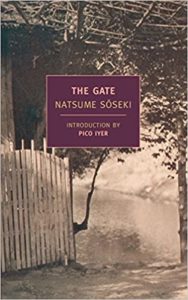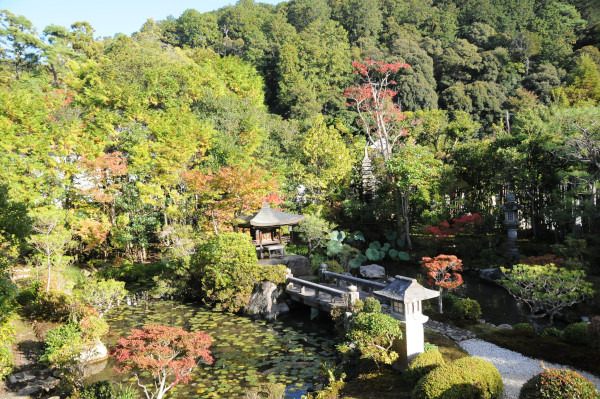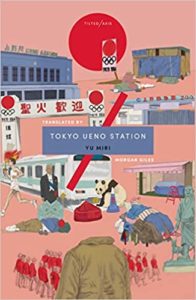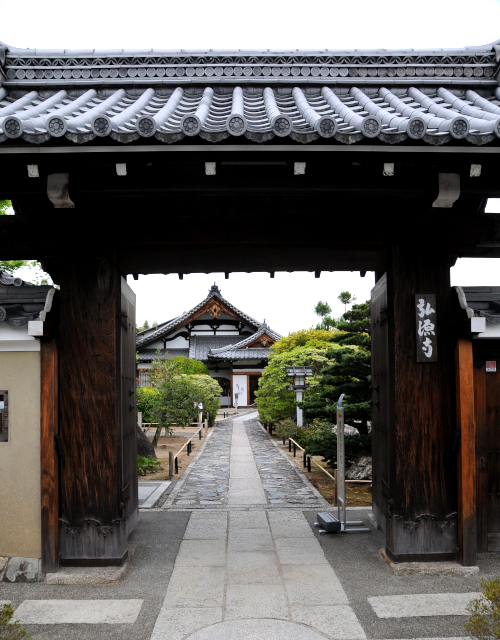The Gate
Soseki Natsume
The couple Sosuke and Oyone live at the verge of poverty in the outskirts of Tokyo in the beginning of the 20th century. When Koroku, Sosuke’s much younger brother, is forced to live with them and expects them to pay for his university tuition, the situation in the household goes from bad to worse. By chance, Sosuke and his landlord begin a friendship that may improve the lives of the three young people. However, when Sosuke hears that Oyone’s brother, for whose misfortune he believes to be responsible, is back in town, this might mean that they once again must leave everything behind and settle elsewhere. To clear his thoughts, Sosuke goes on a visit to a Zen monastery in the mountains…
A beautiful book by Soseki Natsume, although, to be honest, nothing much happens. We hear about the day-to-day life and hardships of the loving couple, but just as with many other Japanese novels, the most important things are only implied. Only more than half through the book do we hear about the reason for Sosuke’s estrangement from his family, for example. Things pick up speed when Sosuke visits the Zen temple, and his struggles with the unfamiliar life are depicted beautifully. What is your answer to this koan, posed to Sosuke by the head priest: “Your original face prior to your parent’s birth – what is that?”
Soseki Natsume, pen-name of Natsume Kinnosuke, was born in 1867 as the 6th child of a rather poor family. From the age of 15, he wanted to become an author, but because of his father’s disapproval, he entered university to study architecture and English. He went to England in 1901 for two years, and did not like the experience. Today, he is one of the most famous writers of Japan. Soseki Natsume died in 1916, only 49 years old.
Soseki considered “The Gate” his favourite novel, and you can get it on amazon.

















